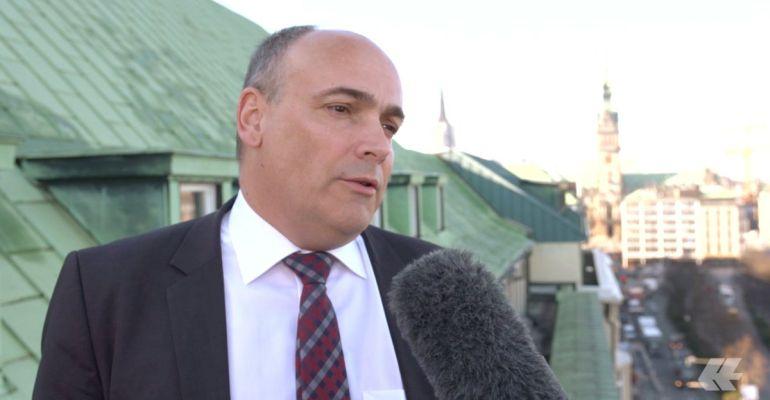From 1 January 2020, all ocean-going ships are required to burn bunkers with a maximum sulphur content of 0.5%, marking a milestone for the industry to becoming more eco-friendly but at the same time presenting a major challenge to container shipping companies.
“The costs involved in converting vessels and using the new fuel will be high,” Habben Jansen said.
“Since the lion’s share of our fleet will sail with the new low sulphur fuel oil, we expect additional costs of around $1bn per year,” he said.
Hapag-Lloyd’s main approach toward IMO 2020 is to directly use compliant 0.5% low sulphur fuel rather as opposed to retrofitting exhaust gas cleaning systems (EGCS) or scrubbers. The carrier is only retrofitting about ten 13,000-teu boxships with scrubbers from amongst its 200-plus strong fleet.
Habben Jansen admitted that the burden of additional costs due to the stricter regulatory landscape will make it difficult for Hapag-Lloyd to achieve a better 2020 results.
Hapag-Lloyd has been preparing early for IMO 2020 including the modernisation of its fleet through its purchase of Gulf peer UASC, switching to more efficient vessels and continuing to analyse all technological options to reduce emissions such as installation of scrubbers and switching to ships running on LNG.
In addition to IMO 2020, environmental and climate protection will play an important role, for instance with the European Commission (EU) looking at extending emissions trading to shipping under the Green Deal.
“This means that shipping companies would have to pay for their CO2 emissions in the future. In this should happen, the question will be: Which sustainable, alternative fuels can be made available to the industry in order to reduce CO2 emissions, meet regulatory requirements and cut costs? And we live in times that continue to be turbulent in political terms,” Habben Jansen commented.
On a positive note, he has remained optimistic that container shipping volumes will stay on the growth path with volumes forecast to grow approximately 1.5% for 2019, as volumes for the January-September 2019 period were up 1.2% year-on-year.
Habben Jansen added that Hapag-Lloyd is looking to start replacing ships in its fleet from 2022 to 2023 with ships of up to 23,000 teu in capacity. The company’s biggest containership today is of 19,000 teu.
Copyright © 2024. All rights reserved. Seatrade, a trading name of Informa Markets (UK) Limited.
Add Seatrade Maritime News to your Google News feed.  |

